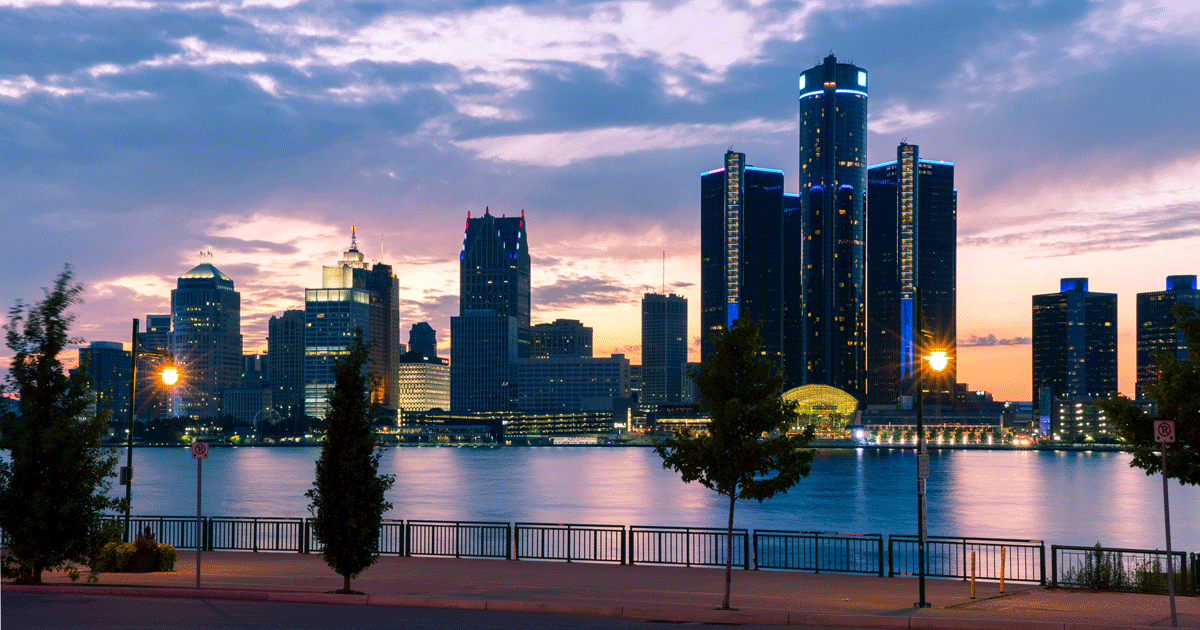A recent post making the urbanist rounds asks, “Is Detroit Really Making a Comeback?” The authors’ research, which was just published in the journal Cities, looks at employment, income, housing values, and other data to explore whether the resurgence evidenced by downtown/Midtown coffee shops and craft cocktail joints is real.
Indicators of Ongoing Decline
The original report, entitled “’It’s safe to come, we’ve got lattes’: Development disparities in Detroit,” is distressing. Here are some high(low)lights:
- Jobs in Detroit held by people who live in the suburbs are up 16.6% since 2007. Jobs held by Detroiters have declined since 2007 by 35%.
- Housing values have remained flat since about 2011, and the average home value in Detroit is about half or a third of that in other Rust Belt cities.
- ACS data shows ongoing population decline since 2010.
- The rate of poverty has increased since the recession, from 33.2% in 2009 to 39.8% in 2014.
- Between 1999 and 2014, per capita income fell by 4.5% in the Central Business District and Midtown (combined), and by 29.3% in the remainder of the city.
Detroiters can verify that a lot has changed in the last few years. Many middle-class areas of the city are seeing property values increase. Those “third spaces” so important to placemaking—coffee shops, bars, restaurants, and other informal gathering spaces—along with retail, are growing in some areas of the city. Likewise some big signature developments and improvements from the riverfront to the hockey arena show that people are willing to invest in Detroit—or, again, in certain parts of it.
But “We’ve got lattes” belies the idea that the very visible changes in a small portion of the city might also be benefitting low-income, long-term, and usually black Detroiters. So far, the benefits are largely accruing to white suburbanites.
Revitalization Must Address People in Addition to Place
This report goes to the real structural difficulties of revitalization, and there’s a lot worth unpacking in this research and its implications for local policy. But the issue I want to point out here is the limitation of thinking about a city just as a place, full of hypothetical people but devoid of real ones. Detroit is full of particular people, and the city’s revitalization needs to address the barriers in their lives. And in Michigan, it’s not just Detroit that experiences these issues (though certainly in the greatest concentration, and accompanied by the greatest racial injustice). Detroit and its continued struggles are one lens through which to view Michigan and its challenges.
This is why, at MFI, we believe that for Michigan to be prosperous again, we need to push on a variety of levers that can improve access to opportunity for people. This means, in the long-term, improving education across the board so that all Michiganders can participate in the economy of the future. It also means removing barriers to the long-term unemployed to help them rejoin the work force. And it means ensuring that those who are living in poverty, often because of structural failings, are taken care of.
Simply streamlining business development or lowering corporate taxes may make parts of Detroit and Michigan look shinier, but it’s not improving the lives of the very particular people who live here.







